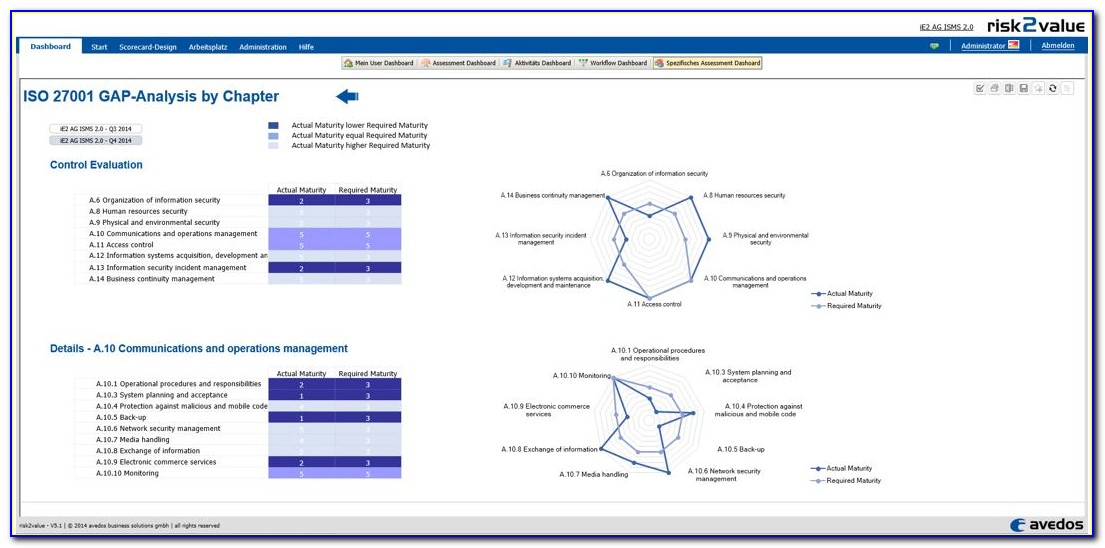
You need proof of every policy and internal control to demonstrate that things are up to par. Next, auditors will ask your team to furnish them with evidence and documentation regarding the controls within your organization. They’ll be able to answer questions with confidence. Getting your team into good security habits as early as possible before the audit helps out here. This contains many questions regarding company policies, procedures, IT infrastructure, and controls. Many auditing firms start by administering a questionnaire to you and your team. Once they arrive, here’s the general process: The auditor may even ask for some initial information to help things go more smoothly. This will ensure that you know what to expect. They may also talk you through the audit process. What happens during the SOC 2 audit?īefore the audit, your auditor will likely work with you to set up an audit timeframe that works for both parties. These preparations don’t happen overnight - they can take several weeks to several months.Įven when controls are in place, you must ensure your team begins to adopt best practices for information security throughout your organization to maximize your chances of passing the audit. This includes identifying the gaps and charting your course to close them before the audit. You must prepare by finding out where you are relative to what complies with your desired SOC 2 trust principles. Not only do you have to undergo the audit itself, but you must make extensive preparations if you want to pass. However, the SOC 2 audit is a significant investment of time, money, and organizational resources. You can use this as a marketing tool as well, showing prospects that you’re serious about data security. This reassures you that your chances of going through a data breach are minimal. Passing a SOC 2 compliance audit means you’re compliant with whichever trust principles you specified. Type II more accurately measures controls in action, whereas Type I simply assesses how well you designed controls.

Type I: Design effectiveness of controls at a single point in time.There are two types: SOC 2 Type I and SOC 2 Type II. Adverse opinion: There is sufficient evidence that there are material inaccuracies in your controls’ description and weaknesses in design and operational effectiveness.Qualified opinion: There are material misstatements in system control descriptions, but they’re limited to specific areas.

Unmodified opinion: No material inaccuracies or flaws in systems.There are a few types of opinions they may offer: SOC 1 audits and SOC 2 audits are for the same purpose, just for different frameworks.Īt the end of the SOC 2 audit, you receive a SOC 2 report containing the auditor’s opinion about whether you adhere to the trust principles specified. The SOC compliance audit is the process you undergo to see if you meet SOC compliance guidelines. SOC 2’s compliance requirements consist of five trust service principles: SOC 1 deals with financial reporting controls, but SOC 2 is concerned with information security controls - especially those surrounding customer data.

The American Institute of Certified Public Accountants developed SOC to provide security standards for internal controls. To help you out, we’ve compiled a checklist of pre-audit steps you can take to maximize your chance of passing that audit and gaining the ability to say you’re SOC 2 compliant. Preparing for such an undertaking is no easy feat. However, complying with SOC 2 requires you to undergo a deep audit of your organization’s systems, processes, and controls. It offers flexibility in compliance without sacrificing security rigor. One of the best security frameworks organizations can follow - especially those that do most of their business in North America - is System and Organization Controls 2 (SOC 2).


 0 kommentar(er)
0 kommentar(er)
